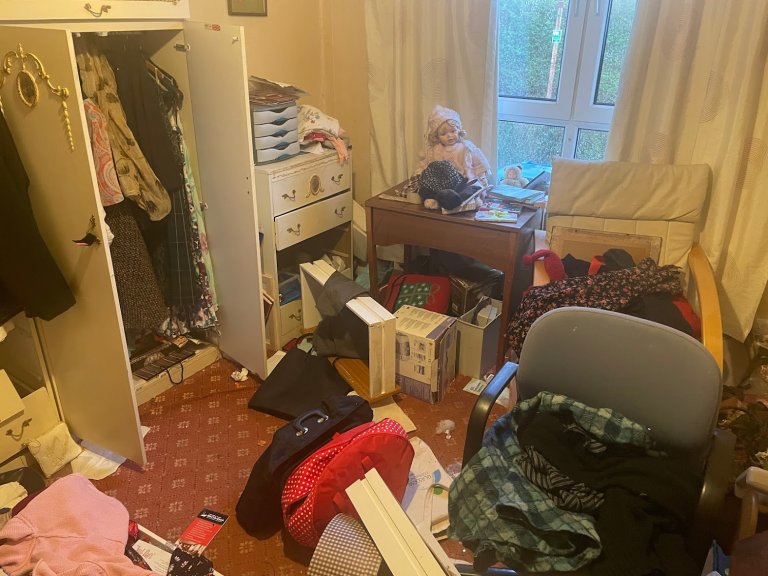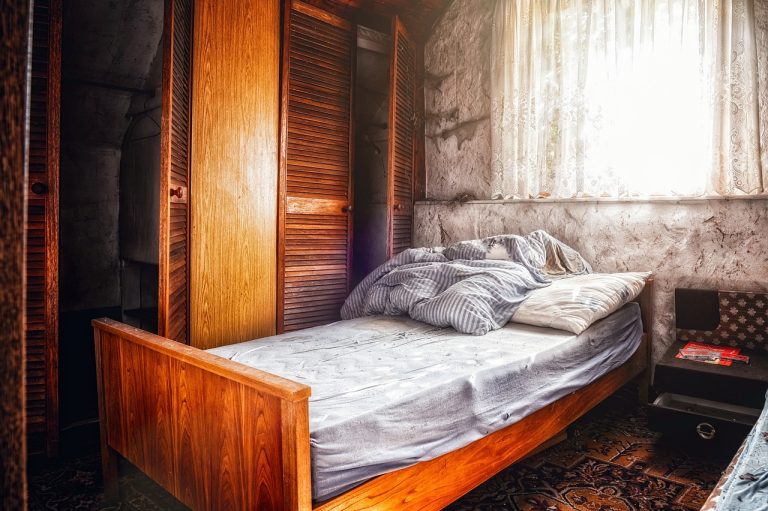What happens to stuff from house clearance
Ever pondered what happens to all stuff taken away during house clearance? From furniture to appliances, clothing to sentimental items. Let’s uncover their final destination!
Professional house clearance teams go through each item in the house. They classify objects based on condition and usability. Stuff in good condition is given to charity or sold in second-hand stores. This helps those in need and is eco-friendly.
Broken or worn-out items go to recycling centers. There, they are repurposed or valuable materials are taken out of them. Even though they don’t serve their original purpose, they can be recycled.
Certain objects have historical or collectible value. Antique dealers and collectors assess worth and authenticity before adding or selling them at auctions. Enthusiasts bid for a piece of history.
Consider how possessions still journey after leaving our homes. Giving essential aid to those in need, sustainability efforts through recycling, or finding new owners. Each item finds its own path.
House Beautiful magazine claims over 70% of items from house clearances are reused or recycled, not sent to landfill sites.
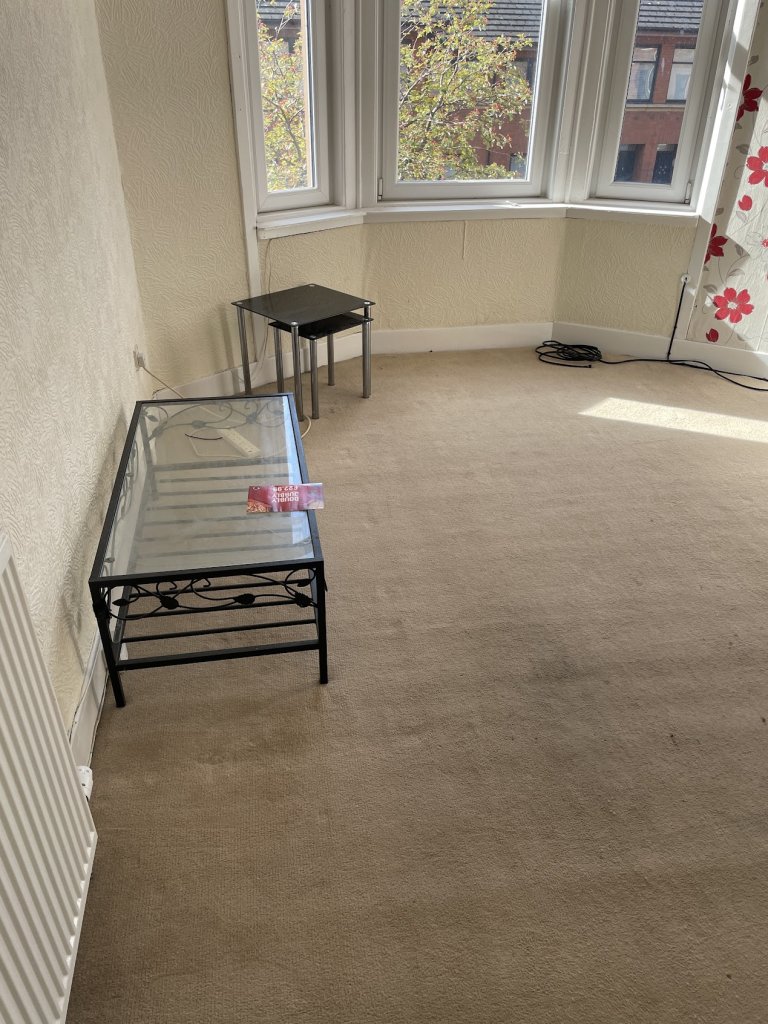
Definition of house clearance
House clearance involves clearing out items that are no longer wanted from a property. This could be due to someone moving out or passing away. Professional valuers assess the condition and value of items to see if they can be sold, donated, recycled or disposed of.
Furniture in good condition can be sold at auctions or second-hand dealers. Valuable antiques or collectibles may go to collectors. Waste can be minimized by separating and sorting materials like wood, metal, plastic and textiles for recycling.
Charities can arrange collection or drop-off points for donated items. Some items may have to be disposed of properly due to no resale value.
The Guardian reported that one-third of the UK’s plastic waste sent overseas for recycling ended up being dumped.
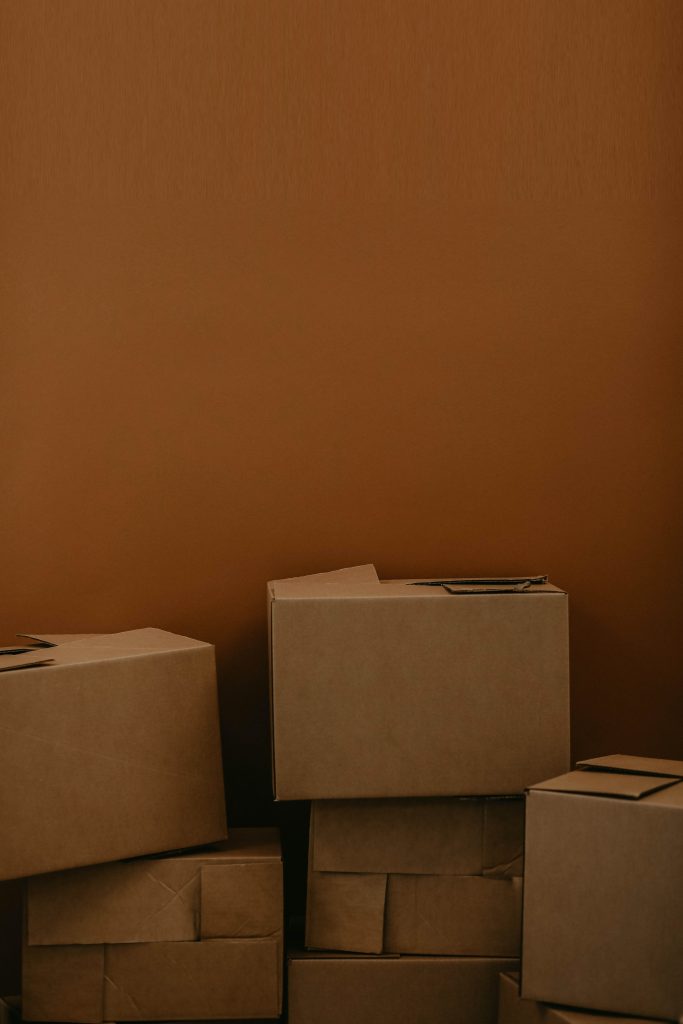
Process of house clearance
To efficiently handle the process of house clearance, the section “Process of house clearance” with its sub-sections – “Sorting and categorizing items, Removal of unwanted items, Recycling and disposal methods” – provides a detailed solution. This will guide you through the necessary steps to effectively sort, remove, and responsibly dispose of unwanted items from your home.
Sorting and categorizing items
Create a table for sorting items. This will help you to manage different categories. Have a look at this example:
| Category | Description |
|---|---|
| Keep | Items of personal value |
| Donate | Usable items for charity |
| Sell | Valuable items to sell |
| Dispose | Damaged or non-usable |
Assess each item according to value, usability, and condition. This will not only help in decluttering but also in finding new uses for unwanted items.
Take time to evaluate each item. This will help in keeping valuable possessions and getting rid of clutter.
This method has been used for centuries. Ancient people sorted items based on their functionality or symbolism. Adopt this practice to have an organized living space and make decisions about possessions.
Removal of unwanted items
When it comes to house clearances, there are key points to remember:
- Sort items into recyclable, non-recyclable and potentially valuable categories.
- Dispose of non-recyclable items responsibly – arrange waste disposal or hire a professional.
- Consider donating valuable items to charity, or selling them online.
- Local authorities may have specific guidelines for certain items like furniture or hazardous waste – check with your local council.
- For an organized clearance process, create an inventory list of all the unwanted items and their categories.
Recycling and disposal methods
Sorting and separating recyclable items like paper, glass, plastic, and metal is an essential step in the disposal process. These materials are then sent to recycling facilities where they are processed and transformed into new products.
Many items in a house clearance can also be of use to others. Furniture, clothing, and appliances in good condition can be donated to charities or second-hand shops, helping both the community and the environment.
Non-recyclable waste can be converted into energy through incineration plants. This helps reduce landfill usage and provides a sustainable energy source.
Hazardous materials like chemicals or electronic waste need special handling due to their potential harm to the environment. They should be disposed of at designated facilities that have proper measures in place for safe disposal. Regulations and available facilities may vary by region.
We’ve seen huge changes in the way we approach recycling and disposal. In earlier years, household waste was often dumped without thought for the environment. Now, we have campaigns, government policies, and public education to promote sustainability.
Continuing to prioritize environmentally-friendly practices is essential for a greener future for future generations.
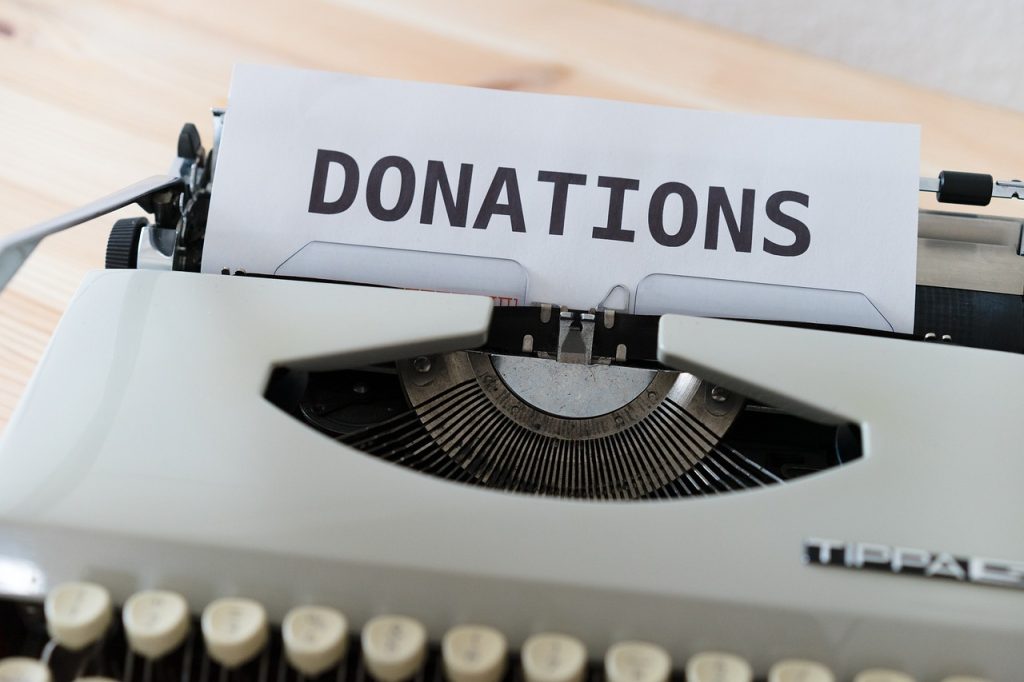
Common destinations for cleared items
To efficiently handle the contents of a house clearance, it is crucial to know where these items typically end up. Explore common destinations for cleared items, such as donating them to charity organizations, reselling or auctioning them, and sending them to recycling centers and waste management facilities.
Donations to charity organizations
It’s worth noting that some charities accept vehicle donations. This is a great way to get rid of an unused vehicle and give back at the same time. The organization sells or auctions off these vehicles to raise money for their programs.
Unbelievably, charitable giving in the UK reached a record high of £11 billion in 2020, even with the pandemic.
Reselling or auctioning items
If you’re thinking about reselling or auctioning your items, it’s important to know their value. Plus, accurate descriptions and clear photos will help attract potential buyers.
Look at one woman’s success story for inspiration! She had an overflowing wardrobe of vintage clothing she didn’t have space for – but she saw an opportunity.
She opened an online shop selling rare vintage pieces. With each item carefully sourced and listed with detailed descriptions, she built a loyal customer base.
Her shop attracted fashion enthusiasts from around the world. With a bit of creativity, research, and determination, you can do the same with your unwanted items. They’ll find new life in the hands of excited buyers and you’ll make some money too!
Recycling centers and waste management facilities
Recycling centers and waste management facilities are essential for our society. They give a designated area for proper recycling or discarding of items, helping decrease waste and guard the environment.
Let’s have a look at this table to get an idea of the services given by recycling centers and waste management facilities:
| Location | Services Offered | Specializations |
|---|---|---|
| City A | Paper, plastics, glass | Composting |
| City B | Electronics, batteries | Hazardous waste disposal |
| City C | Metals, textiles | Construction waste recycling |
It’s obvious that each location offers different materials. This helps with recycling and stops hazardous substances from getting into landfills.
Moreover, some recycling centers and waste management facilities provide extra services like shredding documents with sensitive info or gathering old medication for safe discarding. These efforts increase sustainable waste management methods.
Tip: Before going to a recycling center or waste management facility, check their website or call them directly to make sure they accept the items you want to discard. This will save time and effort finding the right place.
Impact on the environment
To better understand the impact on the environment when dealing with house clearance, let’s delve into the benefits of recycling and reusing, as well as the challenges of proper disposal. By exploring these sub-sections, we can gain valuable insights into how our actions can either contribute to or alleviate environmental concerns during the clearing process.
Benefits of recycling and reusing
Recycling and reusing materials have heaps of perks for both our environment and economy! Let’s explore three main advantages:
- Saving natural resources: Recycling reduces the need for raw materials, like timber, water, and minerals. Reusing materials helps us protect these valuable resources for future generations.
- Decreasing emissions: Recycling lessens greenhouse gas emissions, air and water pollution caused by the extraction, production, and disposal of goods. This positively affects the quality of our environment.
- Economic development: Recycling and reusing create job opportunities and foster local economies. Industries involved in recycling contribute importantly to economic growth by producing new products from recycled materials.
Plus, recycling also plays a fundamental role in waste management, diverting waste from landfills and incinerators. By embracing sustainable practices like recycling and reusing, we can reduce our carbon footprint while preserving a healthier planet for future generations.
Now, let’s take a look at an inspiring true story about the benefits of recycling. During World War II, many countries faced shortages of essential materials because of wartime demands. To face this challenge, governments encouraged citizens to recycle. People happily donated scrap metal, like aluminum, steel, copper, etc., which were then recycled for wartime needs. These joint efforts not only met material requirements, but also built a sense of unity and shared responsibility among communities.
By understanding the powerful advantages that recycling and reusing give us today, we can keep working towards a greener and more sustainable future for everyone.
Challenges of proper disposal
Disposing waste properly poses challenges for the environment. Many people do not understand the importance of managing waste responsibly. This leads to trash being thrown away without considering the consequences.
Inadequate infrastructure and facilities also add to the problem. It is hard to separate recyclables from non-recyclables without convenient options.
Strict regulations and enforcement are needed to hold people accountable. Fines and penalties can incentivize better disposal behaviors, resulting in a cleaner environment.
In a small town, local residents took action. They organized clean-up drives and promoted recycling initiatives. As a result, littering decreased and waste management improved.
Governments, organizations, and individuals must join forces to find sustainable solutions. Raising awareness, improving infrastructure, and enforcing regulations are steps towards a greener future. Every step matters in preserving our environment.
Challenges faced during house clearance
To tackle the challenges faced during house clearance, let’s delve into the emotional difficulty in parting with items, logistics and coordination with clearance companies, and legal considerations and regulations.
Emotional difficulty in parting with items
Parting with items can be hard. It evokes feelings of attachment and sentimentality. This is a challenge during house clearance.
We attach meaning to our belongings. They become part of our identity. So, parting with them is like letting go of a piece of ourselves.
Sentimental objects remind us of loved ones or special moments. Discarding them intensifies grief or loss. This adds to the emotional burden of house clearance.
To make this task easier, create a system for organizing sentimental items. Categorize them based on their emotional meaning. This allows focus on preserving memories.
Involve trusted friends or family in the decision-making process. Having support makes parting with items less overwhelming. Their perspectives can help with judgment.
Capture the essence of sentimental belongings through photos or recordings. This way, individuals can preserve the memories without physical storage space. Create memory boxes or albums for a tactile reminder while reducing clutter.
Logistics and coordination with clearance companies
Scheduling is very important. It helps people plan resources and set realistic timelines. A team with enough workers makes sure tasks get done quickly. Having the right transport and packaging reduces any damage during shipping.
Documentation is not as important but can help avoid delays. It may include legal papers needed for certain items.
An example of coordination problems happened when a clearance company did not arrange suitable transport for big furniture. This caused a delay that affected the property owners and the clearance team. This shows how important it is for clients and cleared companies to cooperate well.
Logistics and coordination are vital for successful clearances. People should prioritize things like scheduling, manpower, transport, packaging, and documentation. This will make sure the process is quick and stress-free.
Legal considerations and regulations
When it comes to house clearance, there are certain legal considerations and regulations that must be taken into account. These include:
- Environmental Law for proper disposal of hazardous materials
- Data Protection Act for safeguarding personal information
- Health and Safety Laws to ensure safety on site
- Waste Management Act for recycling practices
You may need to also research local laws or council requirements for the house clearance process. To stay compliant, consult legal professionals or experts in this field for guidance.
It’s essential to understand and abide by legal regulations during house clearance. By doing so, you can avoid legal issues, protect personal data, environment, and ensure a smooth experience for all. Don’t let ignorance cause regrets – prioritize compliance now!
Conclusion
The fate of items removed from homes during house clearance is a captivating topic. What truly happens to them? So let’s explore the conclusion!
It’s clear that no single destiny awaits these items. Some find their way into second-hand shops and charities. Others are recycled or repurposed, for a sustainable future. And some even end up in auctions or antiques markets where their value is seen.
But there’s something even more fascinating – personal connections that can be made through house clearance. Heirlooms and sentimental objects can bring immense significance to those who have lost touch with their past. These things can become sources of joy and rekindle memories.
As we draw near the end of this exploration, one thing is clear – we need to take action. Don’t miss out on uncovering hidden treasures or making emotional reunions with beloved keepsakes. So let’s embark on our own house clearance adventure or pay closer attention to the stories behind discarded items.
Let’s appreciate the profound impact these items can have on both our individual lives and society. Recognize the diverse paths they may follow and acknowledge the potential for personal significance.
Frequently Asked Questions
Q: What happens to stuff from house clearance?
A: The stuff from house clearance goes through a process of sorting and categorization. Items in good condition are often donated to charities or sold for reuse.
Q: Can I keep any items from the house clearance process?
A: Absolutely! You can choose to keep any items that hold sentimental value or you wish to use in your new home. Just let the clearance company know your preferences in advance.
Q: What happens to items that are not in good condition?
A: Items that are not in good condition or are no longer usable are usually sent for recycling. This ensures that they are disposed of in an environmentally-friendly way.
Q: Are there any hazardous items that cannot be cleared?
A: Yes, there are certain hazardous materials that cannot be cleared by house clearance companies. This includes chemicals, paint, asbestos, and other potentially dangerous substances. Proper disposal methods should be followed in such cases.
Q: Can I sell my own items during the house clearance process?
A: Yes, you can sell your own items independently during the house clearance process. However, it’s important to coordinate with the clearance company to avoid any confusion or mix-ups with the items being cleared.
Q: How long does a house clearance usually take?
A: The time taken for a house clearance depends on various factors such as the size of the property and the amount of items to be cleared. It can range from a few hours to a couple of days.




